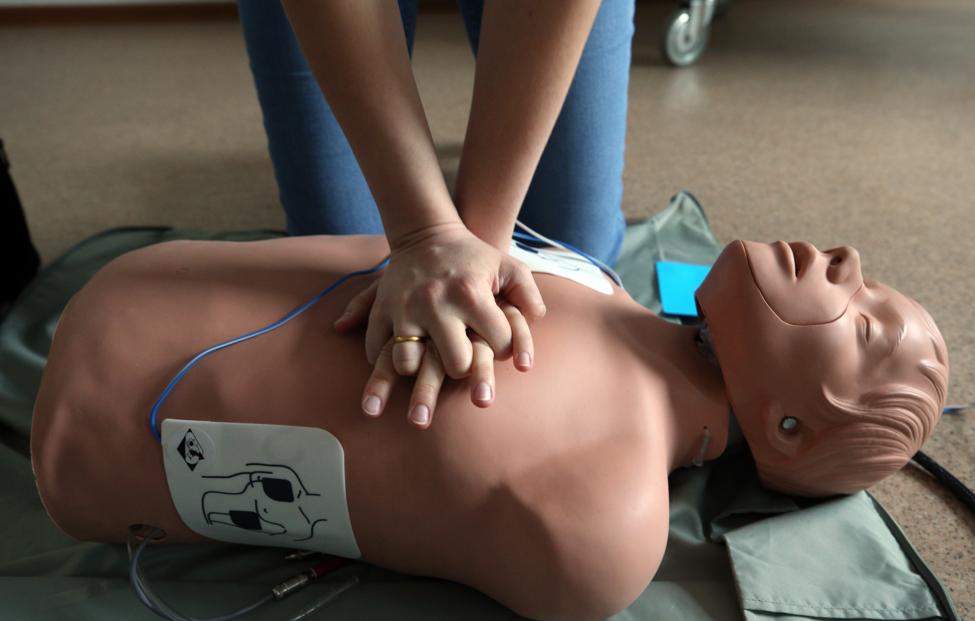Step-by-Step Guide to Performing CPR in an Emergency
When someone collapses from cardiac arrest, every second counts. Immediate CPR (cardiopulmonary resuscitation) can double or triple their chance of survival. Yet, many people hesitate because they’re unsure what to do. This simple, step-by-step guide will give you the confidence to act fast—and possibly save a life.

Step 1: Assess the Situation
Before jumping in, ensure the scene is safe for both you and the victim:
✔ Check for danger (fire, traffic, electrical hazards).
✔ Tap the person’s shoulder and shout, “Are you okay?”
✔ Look for breathing (chest movement, gasping doesn’t count as normal breathing).
If unresponsive and not breathing (or only gasping), call 911 (or your local emergency number) immediately. If another person is nearby, yell, “You, call 911—and get an AED if available!”
Step 2: Begin Chest Compressions
Kneel beside the person, place the heel of one hand on the center of their chest (between the nipples). Stack your other hand on top and interlock fingers.
✔ Push hard and fast:
- Depth: At least 2 inches (5 cm) for adults.
- Rate: 100-120 compressions per minute (think of the beat of “Stayin’ Alive” by the Bee Gees).
- Let the chest fully recoil between compressions.
Avoid stopping unless an AED arrives or the person starts breathing.
Step 3: Give Rescue Breaths (If Trained)
After 30 compressions, give 2 rescue breaths:
- Tilt the head back, lift the chin to open the airway.
- Pinch the nose shut, seal your mouth over theirs.
- Blow for 1 second—just enough to make the chest rise.
If you’re untrained or uncomfortable with breaths, stick to hands-only CPR—continuous compressions still help.
Step 4: Use an AED (If Available)
An automated external defibrillator (AED) can restart the heart. Turn it on and follow voice prompts:
- Attach pads to the bare chest (one on upper right, one on lower left).
- Stand clear while the AED analyzes the heart rhythm.
- If it advises a shock, ensure no one is touching the person and press the shock button.
- Resume CPR immediately after the shock.
Step 5: Continue Until Help Arrives
✔ Keep performing cycles of 30 compressions + 2 breaths (or just compressions).
✔ Switch with another rescuer every 2 minutes if possible to avoid fatigue.
✔ Don’t stop unless:
- The person wakes up, breathes normally, or moves.
- EMS takes over.
- You’re too exhausted to continue.
Special Situations
- Babies/Children: Use two fingers or one hand for compressions (shallower depth).
- Drowning: Start with 2 rescue breaths first, then compressions.
Why CPR Matters
- Cardiac arrest kills 350,000+ people yearly in the U.S. alone.
- Bystander CPR saves lives—you don’t need to be perfect, just willing to act.
Pro Tip: Refresh your skills with a CPR certification course (like ours at Tempo of Life!) to stay confident.
Remember: Even imperfect CPR is better than no CPR. You’ve got this!




